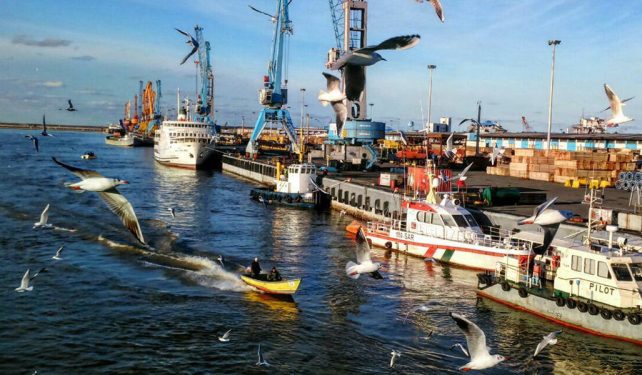Ports & Shores: Iran’s Strategic Maritime Role
- Iran’s Strategic Location in Ports & Logistics
- Iran’s geographical position enables it to provide logistics and transit services for neighboring markets.
- Key demand drivers:
- Afghanistan is increasing exports.
- Iraq needs infrastructure for reconstruction.
- CIS countries are receiving foreign investments, requiring stronger trade routes.
- Iranian ports are the most cost-effective and strategic choice for these countries.
- Major Port Development Projects
- Shahid Rajaei Port (Hormozgan) & Shahid Beheshti Port (Chabahar) are undergoing major expansion and equipment upgrades.
- Shahid Rajaei Port handles:
- 82% of Iran’s mineral exports.
- 65% of non-oil trade (container cargo, bulk goods, liquid bulk, general cargo).
- 90% of Iran’s container operations.
- Container Trade: A Key Economic Indicator
- 4,000 meters of container berths facilitate millions of tons of exports.
- Bulk & general cargo berths (5,000 meters) handle 24 million tons of minerals annually.
- Shahid Rajaei Port: A Multi-Purpose Economic Hub
- Two key advantages:
- Special Economic Zone benefits (added value for cargo owners).
- Versatile infrastructure for handling different cargo types.
- Expansion plans: Additional 2,700 hectares, creating a logistics city and expanding value-added services.
- Investment & Challenges in Port Infrastructure
- Investment in port infrastructure is crucial for trade expansion.
- Challenges in Iranian ports include:
- Lack of value-added industries (processing & manufacturing).
- Underdeveloped marine transport infrastructure.
- Limited deepwater ports for larger vessels.
- Need for mechanized mineral terminals.
- Insufficient railway connectivity within ports.
- Shortage of advanced cargo-handling equipment.



